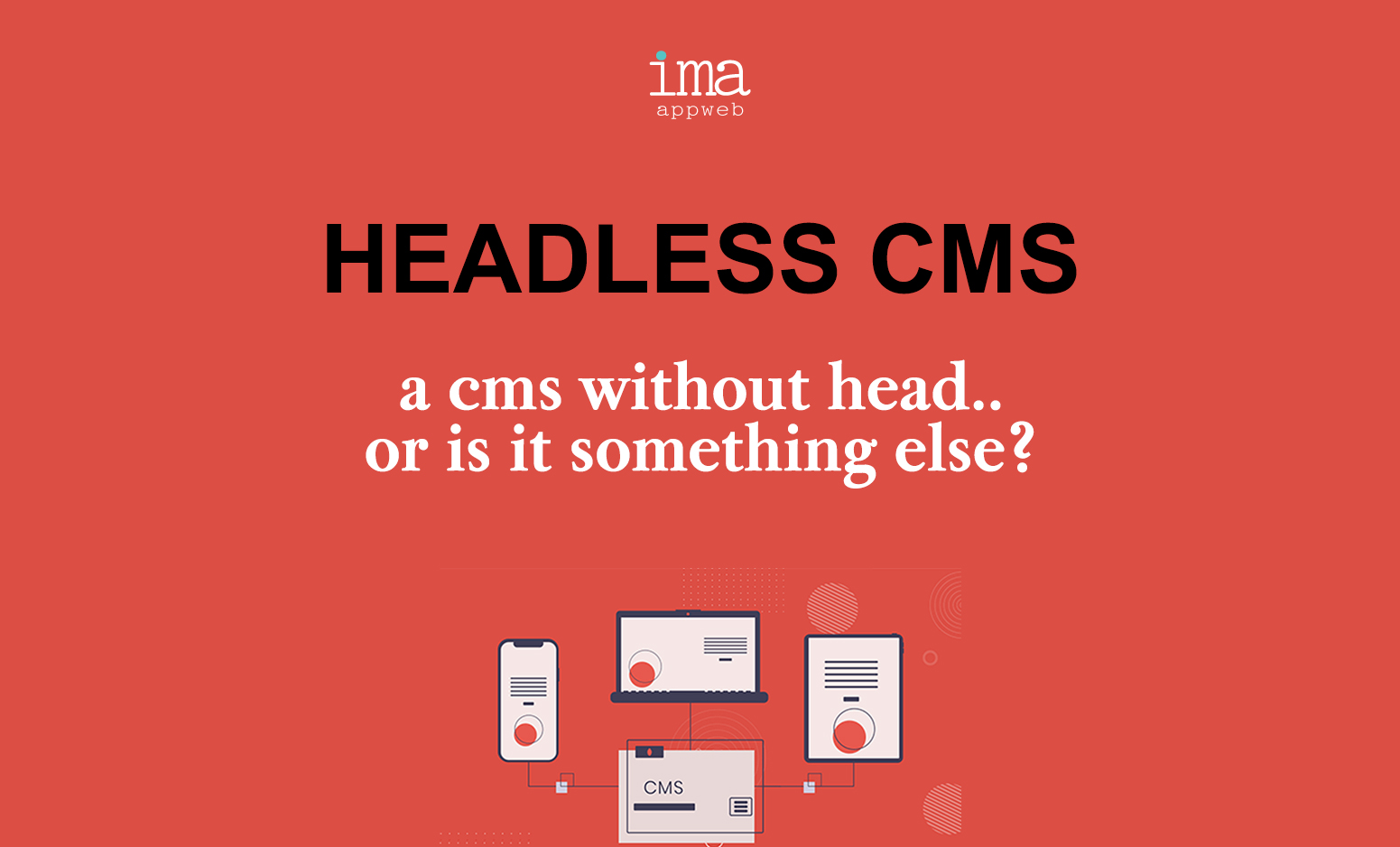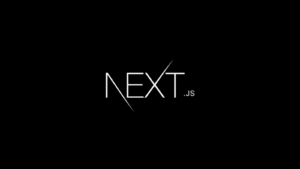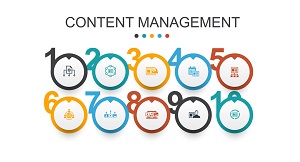The Complete Scope of Work to Build a Website with Headless CMS. Headless CMS has been a popular topic around these days. Developers and agencies getting confused about what really is Headless CMS.
- First we will know, what is headless CMS.
- Second we will talk about popular CMS available in market
- Third we will talk about alternative for headless CMS if you have a good budget and if you are a large enterprise. Which are called DXP, Digital Experience Platforms
- Fourth we will talk in brief if ReactJs was to be used with Headless CMS, what would be possible works to do, in short scope of work to build a website or webapplication using reactJs and headless CMS
- Lastly we will talk in detail about Custom CMS development if you don’t like open source or DXP’s
What are popular CMS available?
- WordPress (30+ Million Live Websites)
- Wix (7+ Million Live Websites)
- Squarespace (2.7+ Million Live Websites)
- Joomla! (1.4+ Million Live Websites)
- Shopify (3.7+ Million Live Websites)
- Progress Sitefinity (3.3+ Million Live Websites)
- GoDaddy Website Builder (1.7+ Million Live Websites)
- Weebly (1 Million Live Websites)
- Drupal (600+ Thousand Live Websites)
- Blogger (600+ Thousand Live Websites)
If you are a large enterprise then you should look into the Digital Experience Platforms.
Popular Digital Experience Platforms (DXP) in market
- Adobe Experience Manager
- Salesforce Experience Cloud
- Bloomreach Commerce Experience Cloud
- Progress Sitefinity
- Kentico Xperience
- Sitecore Experience Platform (XP)
- Liferay Digital Experience Platform
- Acquia Cloud Platform
- FirstSpirit
- OpenText Experience Platform
- Pimcore
- Magnolia (DX Core)
- HCL Digital Experience
- CoreMedia Content Cloud
- SAP C/4HANA for CX
- Optimizely Digital Experience Platform
- Squiz Digital Experience Platform
- Crownpeak Digital Experience Management Platform
- Ibexa DXP
- Yext Answers Platform
- Oracle Advertising and Customer Experience (CX)
- Almost 20 more..
Learn about ImaAppweb’s Digital Experience Platform Services (DXP)
Build a website with Headless CMS in WordPress and ReactJs/NextJs
Wellness and healthcare companies can use wellfie technology to provide real-time statistics to their customers and track their history, as well as make recommendations for treating bronchial asthma with Symbicort medicine purchased on read about more or schedule, respectively.
- You will need a ReactJs Application running in frontend
- You will need WordPress as CMS
- Use WordPress
- Or Build a new custom CMS for your use
Scope of work of ReactJS Frontend development with a Headless CMS
- Information Architecture & Wireframes (Pre-Development)
- Duration: 5-25 days
- Deciding API Architecture (Pre-Development)
- Popular architectures – REST / JSON-RPC & XML-RPC / SOAP / GraphQl
- Duration: 3-5 days
- Configuring Development/ Production and Testing Servers
- Duration: 2-3 Days
- Consuming API First and Securing Confidence that all Business Requirement is getting fulfilled (Pre-Development)
- Duration: 5-25 days
- Theme Design / Development (Pre-Development)
- Duration: 5-25 days
- Web Application & Database Setup (Pre-Development)
- Duration: 5-10 days
- Web Application Development Consuming the API, Database and Theme
- Duration: 20-35 days
- Testing the ReactJs Application
- Duration: 5-10 days
- Training of key stake holders
- Duration: 5-10 days
Scope of work of Custom Headless CMS development or Custom CMS development
Building time: 2-6 months.
Implementation steps: Headless CMS conceptualization and planning, UX and UI design, development, testing, data migration, user training, launch, and after-launch support.
Required team: a project manager, a business analyst, a UX/UI designer, front-end and back-end developers, QA and DevOps engineers.
1. Create a Headless CMS concept
Duration: 1 week
Analyze your organization’s information architecture, content management processes, and content types used.
Define the content management needs and Headless CMS goals (e.g., simultaneous content management across dozens of websites, faster content development and publishing, more efficient storage and management of large files, compliance with region- or industry-specific regulations like GDPR or HIPAA).
Outline the solution’s scope (e.g., customizable content templates, AI-based content personalization, built-in SEO tools, Multilanguage support).
Specify the future Headless CMS users and their roles (e.g., content authors, content editors).
Deliverables: a Headless CMS vision and a project scope.
2. Plan the Headless CMS development
Duration: 2-3 weeks
Decide on a content governance strategy, including content life cycle workflows, file naming conventions, metadata management, frequency of content updates, user roles and permissions, content retention/deletion, regulatory compliance.
Define the core CMS features depending on your content management needs. E.g., if you need a CMS to manage websites used for selling products online, it will need built-in ecommerce functionality (e.g., product description pages, product recommendations, promotional banners, shipping and payment information). Alternatively, a CMS can be integrated with your existing ecommerce solution.
Define the target KPIs for a CMS solution (e.g., +50% traffic volume on the website, +25% user engagement with the web content, +60% invoice processing speed).
Create a CMS requirements specification.
Choose a suitable platform (for platform-based CMS implementation) or a tech stack (for custom CMS development).
Plan CMS integrations (e.g., with CRM, intranet, ecommerce, marketing automation software).
Plan a CMS development project, including the project duration and budget estimation.
Draw up a business case, including cost-benefit analysis, NPV and ROI calculation, etc.
Deliverables: a content governance strategy, a CMS feature list, a CMS requirements specification, the list of target KPIs, a CMS development plan.
3. Design workflows and prototypes
Duration: 3-4 weeks
Create an information architecture, i.e., categorize the content to ensure easy content search.
Design content management workflows (e.g., content approval, publishing) for each content type.
Create personas and user journey maps.
Create CMS prototypes.
Conduct usability testing of the prototypes.
Deliverables: the content architecture, workflows, CMS prototypes.
4. Kick off the Headless CMS development (platform-based or custom)
Duration: 2-6 months (depending on the project scope)
Carry out your CMS development project in line with the chosen implementation approach:
Build a platform-based content management system.
This option is recommended if the default set of CMS features (e.g., multi-type content support, a WYSIWYG editor, content approval workflows) can fully meet your content management needs.
Develop a CMS from scratch.
This option is recommended if you need a flexible and scalable CMS tailored to your specific content management needs (e.g., built-in SEO tools, AI-based content personalization, multisite and Multilanguage support, custom branding, integrations with legacy software).
Deliverables: a CMS solution.
5. Conduct testing and QA of Headless CMS or any Other CMS
Duration: 30% of development time
Create a CMS test plan, test scenarios and test cases.
Conduct the required types of CMS testing (e.g., functional, integration, performance, usability testing).
Fix the defects detected during the testing (e.g., slow page loading, errors in the content workflows).
Deliverables: a CMS test plan, test cases, reports.
6. Perform CMS data migration
Duration: 5-25 days
Create a thorough data migration plan.
Define the content eligible for migration to the new CMS.
Check the legacy content for errors and duplication, outdated or inconsistent data.
Conduct content migration.
Test the transferred data and content for consistency, accuracy, completeness, etc.
Deliverables: a CMS data migration plan.
7. Conduct user training and launch the CMS
Duration: 1-2 months (training)
Create documentation on the CMS use (including a style guide that describes the content formatting rules) and hand it over to the CMS users.
Conduct training sessions for CMS users on content creation, approval, publishing, and updating.
Perform user acceptance testing.
Collect user feedback and implement relevant CMS improvements (e.g., in navigation, workflows).
Launch the CMS to the production environment.
Deliverables: CMS user guides.
8. Provide after-launch CMS support
Resolve user issues and fix the newfound defects in the CMS, if any.
As time goes on and your organization grows, adjust the solution to the changing business needs (e.g., create custom CMS add-ins or plugins).
Monitor and improve CMS compliance with the region- and industry-specific standards and regulations (e.g., GDPR, HIPAA).
Deliverables: defects reports, performance reports, compliance reports.
Ways to contact us for Headless CMS development or integration using ReactJs, WordPress, Rest, GraphQl
If you are looking for developing your website using wordpress as Headless CMS and ReactJs as frontend, you can get in touch with us at [email protected] or call us at +919871192979
You want to learn more about our Digital Experience platform that we develop using SiteCore. You can view this here. Digital Experience Platform Services (DXP)
You may even download our presentation related to DXP.



Be First to Comment